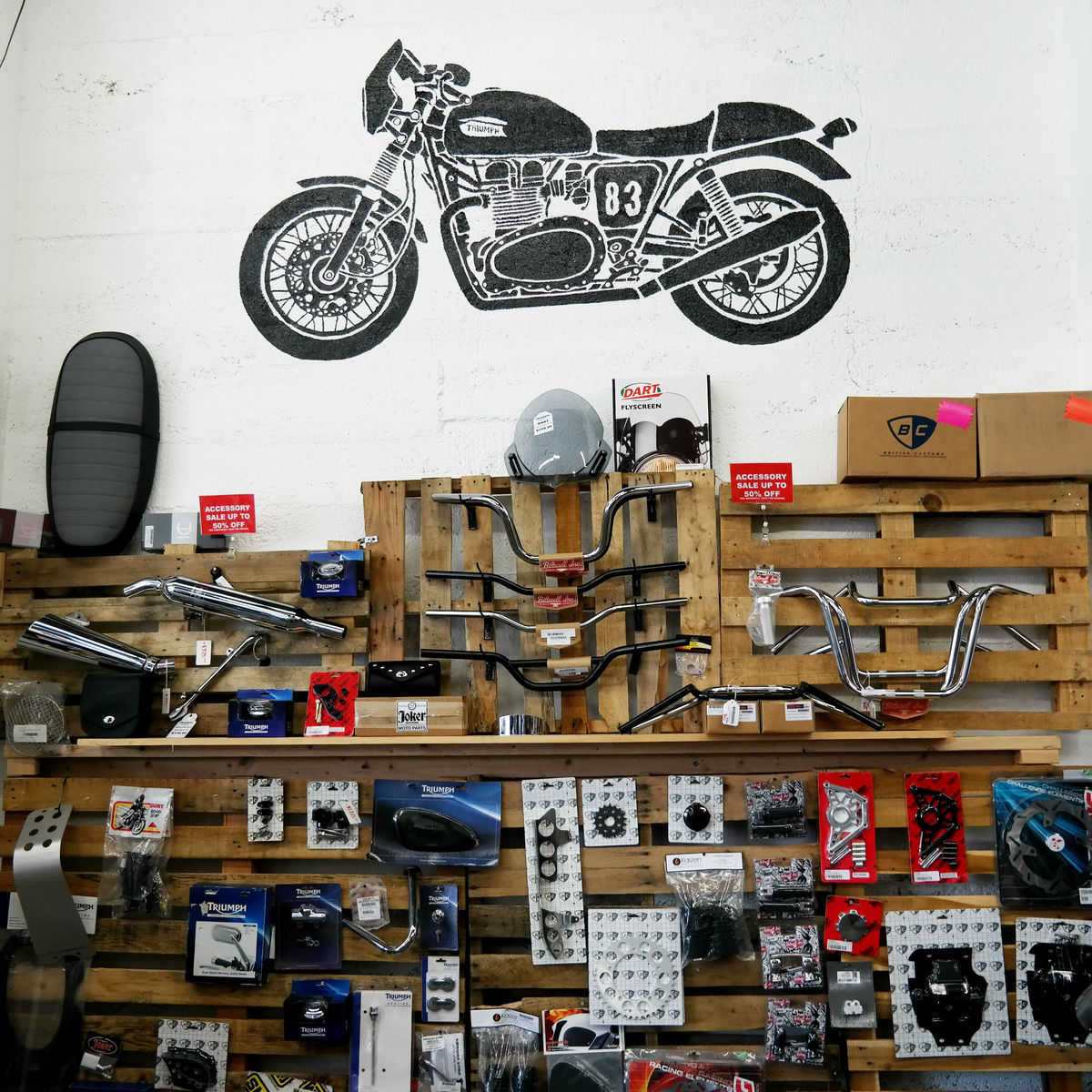Understanding Motorbike Gears: Just How to Maximize Your Riding Experience
In the world of motorcycling, understanding the art of equipment control is vital for improving your riding performance. Correctly comprehending and using motorbike equipments can dramatically affect acceleration, control, and gas efficiency, transforming an average experience right into a smooth, thrilling journey.
Comprehending Equipment Mechanics
Exactly how do the ins and outs of gear technicians affect bike performance? At the core of bike characteristics, equipment mechanics play a critical role in converting engine power right into activity, ultimately determining rate and control. Gears, carefully crafted elements, permit bikers to maximize torque and rate, making sure a smooth shift with various surfaces and rates. The gear proportions, meticulously made, establish the relationship between engine revolutions and wheel turns, affecting acceleration and gas effectiveness.
Comprehending equipment mechanics begins with identifying the relevance of the transmission, which houses numerous equipments of varying dimensions. These gears interact via a process referred to as meshing, where teeth of different gears involve to transmit power. The precision of this communication is critical; any misalignment or damage can result in inefficient power transfer, hindering performance. Additionally, the plan and dimension of equipments influence the bike's ability to handle different tons and rates.
Moreover, the principle of gear shifting is important to making best use of performance. Smooth and prompt changes guarantee that the engine runs within its optimal power band, avoiding unneeded pressure and improving durability (moto parts nz). By understanding these mechanical complexities, bikers can accomplish a harmonious blend of power, effectiveness, and control, raising their riding experience
Timing Your Shifts
Shift timing mastery is necessary for enhancing bike performance and enhancing the riding experience. Properly timed changes guarantee that the engine operates within its optimum power band, which is crucial for maintaining control, attaining smooth velocity, and making sure the durability of the motorbike. Riders should establish an instinctive sense of when to move equipments, which includes understanding the relationship in between engine transformations per minute (RPM) and rate.
To grasp shift timing, pay attention to the engine's audio and feel, as these provide vital clues concerning when to transform equipments. The excellent change factor normally takes place when the engine comes close to the top variety of its power band without getting to the redline. Moving as well early can lead to an absence of power, while changing as well late may trigger unneeded engine stress
Additionally, roadway problems and riding design influence shift timing. In comparison, during highway riding, less shifts at higher rates can be extra ideal.
Enhancing Gas Performance
While grasping bike equipments is critical for performance, boosting fuel performance is just as vital for both financial and ecological reasons. Optimal gas usage not only decreases operational costs but also reduces the environmental footprint of riding. To accomplish this, one must recognize the elaborate relationship between equipment choice and engine efficiency.
Riding in a greater gear at lower rates can lead to engine carrying, which is detrimental to both fuel economic climate and engine health and wellness. On the other hand, riding in lower gears at high speeds results in unneeded gas intake.
Furthermore, routine upkeep plays a pivotal function in fuel efficiency. Making certain that the motorbike is well-tuned, with clean air filters and correctly pumped up tires, can enhance aerodynamics and decrease gas wastage. Furthermore, embracing a riding style that accepts my company steady velocity and smooth deceleration can contribute to much better fuel economy.

Methods for Smooth Transitions
Accomplishing smooth equipment transitions is essential to improving the riding experience and ensuring the long life of a motorcycle's transmission system. Appropriate gear shifting not only adds to a smooth adventure yet also minimizes damage on the mechanical parts. To grasp the art of smooth shifts, riders have to concentrate on a few crucial methods.

Secondly, clutch control plays an essential role. Involving and disengaging the clutch efficiently needs method. The clutch lever need to be released gradually, permitting for a seamless transfer of power from the engine to the wheels without causing a shock or sudden motion.

Adjusting to Roadway Conditions
Navigating diverse road problems is a critical ability for any motorcyclist aiming to maintain control and security. Whether you're riding on damp surface areas, crushed rock roadways, or navigating sharp turns, your capacity to adapt your equipment use and riding technique is vital. Understanding just how to adjust your gears suitably can considerably influence traction and security, making certain a much safer trip.
On wet roads, it is suggested to maintain higher equipments to minimize torque and lessen wheel spin. This method aids keep grip on site here unsafe surface areas, enabling smoother acceleration and slowdown. On the other hand, when riding on gravel or irregular surface, reduced gears are better. Reduced equipments provide far better control and enable you to respond more quickly to unexpected adjustments in the road surface area.
Sharp curves demand specific gear administration to stabilize speed and control. Downshifting prior to getting in a contour can help maintain momentum while making sure the bike stays secure throughout the turn. Consistent technique in varied conditions enhances your capacity to anticipate and respond to modifications in roadway appearance and slope.
Final Thought
Grasping motorcycle gears dramatically improves the riding experience by improving control, fuel, and acceleration efficiency. An extensive understanding of gear mechanics and precise change timing ensures the engine operates within its optimum power band, top article while smooth changes through reliable clutch and throttle sychronisation rise convenience and performance. Adjusting gear choice to different road problems, such as using higher gears on damp surfaces and lower equipments on gravel, further boosts handling and safety. Eventually, these abilities boost the total trip.
Understanding equipment technicians starts with identifying the relevance of the transmission, which houses multiple gears of varying sizes. These gears interact with a process understood as meshing, where teeth of different equipments involve to send power (motocross gear nz). Mild changes to the throttle during gear changes can protect against jerky activities and maintain a regular riding rate
Whether you're riding on damp surfaces, gravel roadways, or navigating sharp turns, your capability to adapt your equipment use and riding technique is paramount. Adapting equipment choice to numerous roadway problems, such as using higher equipments on damp surface areas and lower equipments on crushed rock, more boosts handling and safety.